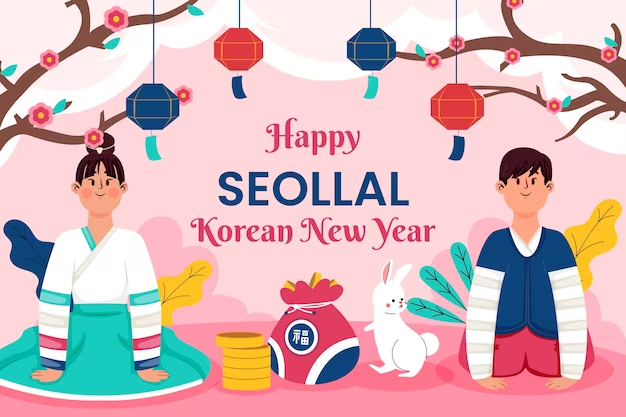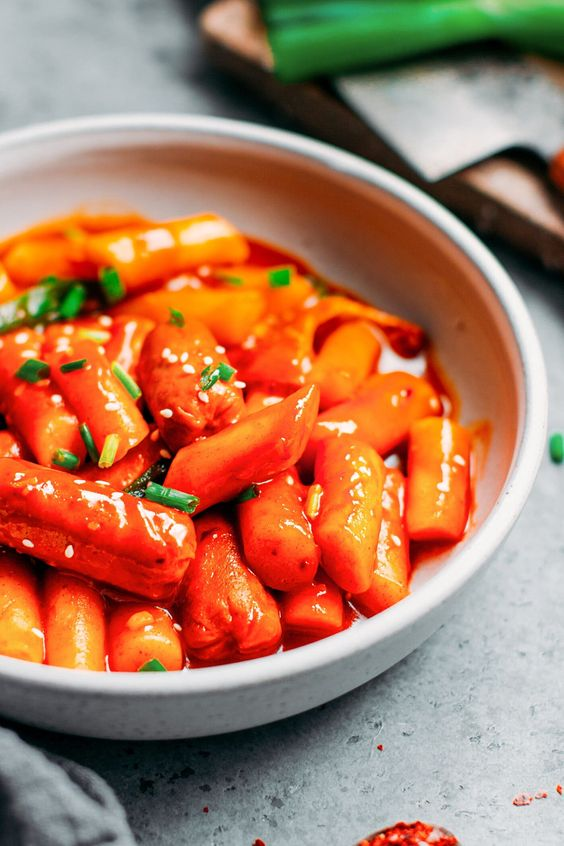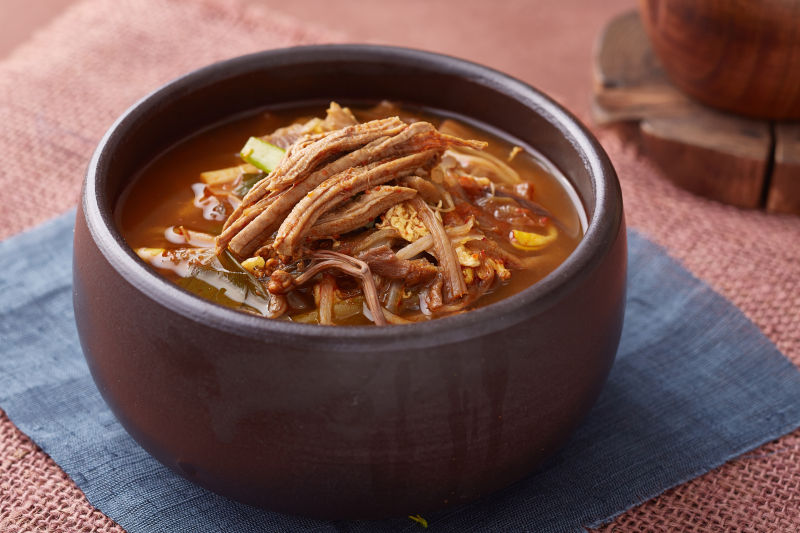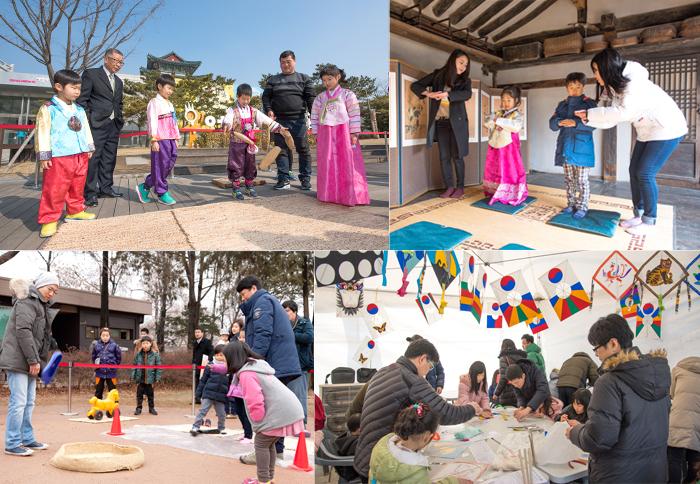Each country has its own set of important days that hold cultural, historical, or national significance. Seollal is more than a mere holiday; it’s a cultural mosaic reflecting the values of respect, unity, and the promise of new beginnings.
In this article, we will together unravel the Korean Lunar New Year celebration – the Seollal Holiday, the threads that compose the rich fabric of Seollal, delving into the rituals, the delectable cuisine, and the joyous festivities that make this holiday a unique and cherished experience.

Table of Contents
What is The Seollal Holiday in Korea?
Seollal “설날” refers to the Korean Lunar New Year, a significant traditional holiday celebrated in Korea. It is a compound word in the Korean language, with “Seol” meaning “new” and “Dal” meaning “morning” or “day.” Together, “Seollal” signifies the beginning of a new year based on the lunar calendar.
Seollal holiday typically falls on the first day of the lunar calendar, usually between late January and mid-February. This holiday holds deep cultural and familial ties in Korea, emphasizing the importance of family reunions, ancestral rites, and traditional customs.
Some Specific Traditions During Seollal Holiday
The celebration of the new year is marked by various traditions and customs. Here are some traditional practices observed during the Korean New Year:
- Charye (차례): Ancestral Rituals: Families gather to perform Charye, a ritual to honor ancestors. Ancestors’ memorial tablets are set up with offerings of food, and family members pay respects through bows and prayers.
- Sebae (세배): Formal Bowing Ceremony: Younger family members bow to their elders, expressing respect and receiving blessings in return. Elders may offer words of wisdom and give small gifts or money (Sebaetdon).
- Family Reunions: Seollal holiday is a time for family gatherings. Many Koreans travel to their hometowns to be with their families, fostering a sense of unity.

What do Koreans Wear During the Seollal Holiday
During the Seollal holiday, Koreans traditionally wear a special type of clothing known as “Hanbok.” The Hanbok is a traditional Korean attire that has a rich history and is often worn during significant cultural and festive occasions, including Seollal. Wearing Hanbok during Seollal not only reflects a connection to tradition and cultural heritage but also symbolizes the hope for a prosperous and harmonious new year.
For Women
- Jeogori (저고리): This is the short jacket or top part of the Hanbok. It is typically cropped and has a unique design with ties or buttons.
- Chima (치마): The Chima is the long, flowing skirt that completes the Hanbok ensemble for women. It is usually high-waisted and worn with a ribbon or a sash to secure it.
For Men
- Jeogori (저고리): Similar to women’s Jeogori, the men’s jacket is a short top worn over an undershirt or basic white shirt.
- Baji (바지): The Baji refers to the loose-fitting trousers worn as part of the Hanbok for men.
You May Also Like:
- 5 Fun Chinese New Year Activities For 2024
- 7+ Lunar New Year Food Traditions Around Asia
Korean Traditional Food During Seollal
In the Korean Lunar New Year celebration, traditional cuisine plays a significant role in the celebration of Seollal, the Lunar New Year. Traditional foods prepared during this festive occasion hold cultural significance and are often chosen for their symbolic meanings. Here are some common traditional foods enjoyed during Seollal:
- Tteok (떡): Rice Cakes
Tteok, a culinary emblem of Seollal, offers a vibrant array of shapes, colors, and flavors. During Seollal festivities, families engage in the meticulous preparation of various Tteok types, fostering a communal spirit as these delectable treats are shared among family members and extended relatives, reinforcing bonds and invoking well wishes for the year ahead.

- Jeon (전): Korean Pancakes
Jeon, a gastronomic delight during Seollal, presents an enchanting variety of Korean pancakes. Comprising ingredients like vegetables, meat, or fish coated in a luscious flour-based batter and expertly pan-fried, Jeon embodies the collective wish for a bountiful harvest.
- Japchae (잡채): Stir-Fried Glass Noodles
The culinary landscape of Seollal is further enriched by Japchae, a savoury dish featuring stir-fried glass noodles, an array of vegetables, and sometimes succulent beef, all harmoniously seasoned with soy sauce and sesame oil. Beyond its gastronomic appeal, Japchae holds profound symbolism, representing the desire for longevity.
- Yukgaejang (육개장): Spicy Beef Soup
As winter’s chill lingers during Seollal, Yukgaejang takes center stage, a robust and heartwarming soup crafted with shredded beef, an assortment of vegetables, and the fiery notes of Korean red chili pepper flakes (gochugaru). This soul-soothing soup is cherished not just for its comforting taste but also for its symbolic role in dispelling the cold and infusing warmth into the body, aligning with the spirit of familial togetherness and celebration.

- Mandu (만두): Dumplings
Seollal feasting is incomplete without Mandu, exquisite Korean dumplings that encapsulate a filling blend of minced meat, vegetables, and sometimes tofu. These dumplings, whether steamed, boiled, or pan-fried, carry a deep symbolism of wealth and prosperity.
Korean Lunar New Year Traditional Games
These traditional games are not just pastimes but integral components of Seollal festivities, fostering connection, laughter, and a celebration of cultural heritage. They serve as threads weaving through the fabric of family and community, creating enduring memories during this auspicious Korean Seollal traditions.

- Yunnori (윷놀이): Four Sticks Game
Yunnori, often referred to as the Four Sticks Game, is a captivating board game deeply entrenched in Seollal traditions. Participants engage in a delightful strategy game by tossing four sticks and moving game pieces based on the sticks’ landing positions. The game not only entertains but also holds cultural significance, as families and friends gather during Seollal to enjoy spirited rounds of Yunnori.
- Jegichagi (제기차기): Shuttlecock Kicking
Jegichagi, known as Shuttlecock Kicking, is a lively game that transcends generational boundaries during Seollal celebrations. In this activity, participants kick a shuttlecock into the air, showcasing agility and coordination as they strive to keep it afloat without using their hands. Jegichagi’s simplicity and inclusivity make it a popular choice for Seollal gatherings, fostering a sense of joy and camaraderie among family members and friends.
- Tuho (투호): Arrow Throwing Game
Tuho, the Arrow Throwing Game, harks back to ancient Korean traditions, adding a touch of nostalgia to Seollal festivities. The game involves throwing arrow-shaped sticks at a bamboo target, requiring precision and skill. Played during Seollal, Tuho is believed to bring good luck, blending entertainment with a connection to heritage.
- Neolttwigi (널뛰기): Seesaw Jumping
Neolttwigi, a Seollal favorite, introduces an element of physical activity and laughter to the celebrations. This seesaw jumping game entails two participants standing on a board, synchronized in their efforts to jump simultaneously and elevate each other into the air. Neolttwigi captures the essence of togetherness and shared joy, making it a cherished tradition during Seollal, where the emphasis is on enjoying the moment rather than the outcome.
Key Takeaways
Seollal is more than just a holiday; it’s a special celebration that brings families together, embraces traditions, and fills hearts with hope. The rituals, delicious foods, and fun games create a strong sense of connection, unity, and positivity as Koreans look forward to the start of a new lunar year. Seollal is like a bridge that connects the past, present, and future, reflecting the warmth of family bonds and the wish for a happy and successful journey ahead.
💡Pickanevent’s editor choice: AhaSlides is the best interactive virtual presentation tool to gather for friends and family for cozy and fun game night. Additionally, you’ll explore the best way to host events for small to large group of participants during New Year celerabrations. Let’s make it more engaging and memorable, and special every year.
FAQs:
What do Koreans do for Seollal?
Koreans celebrate Seollal by reuniting with family, performing ancestral rituals (Charye), participating in formal bowing ceremonies (Sebae), wearing traditional clothing (Hanbok), and enjoying festive meals and activities.
Do Koreans wear hanbok on New Year’s?
Yes, it is a common tradition for Koreans to wear Hanbok, traditional Korean clothing, during Seollal (Lunar New Year) as a sign of respect for tradition and cultural heritage.
Why do Koreans eat tteokguk on Seollal?
Koreans eat Tteokguk, a soup with sliced rice cakes, on Seollal to symbolize the ageing process and to bring good luck. The round shape of the rice cakes resembles coins, signifying prosperity and a wish for a fruitful year ahead.
Ref: Koreaboo





